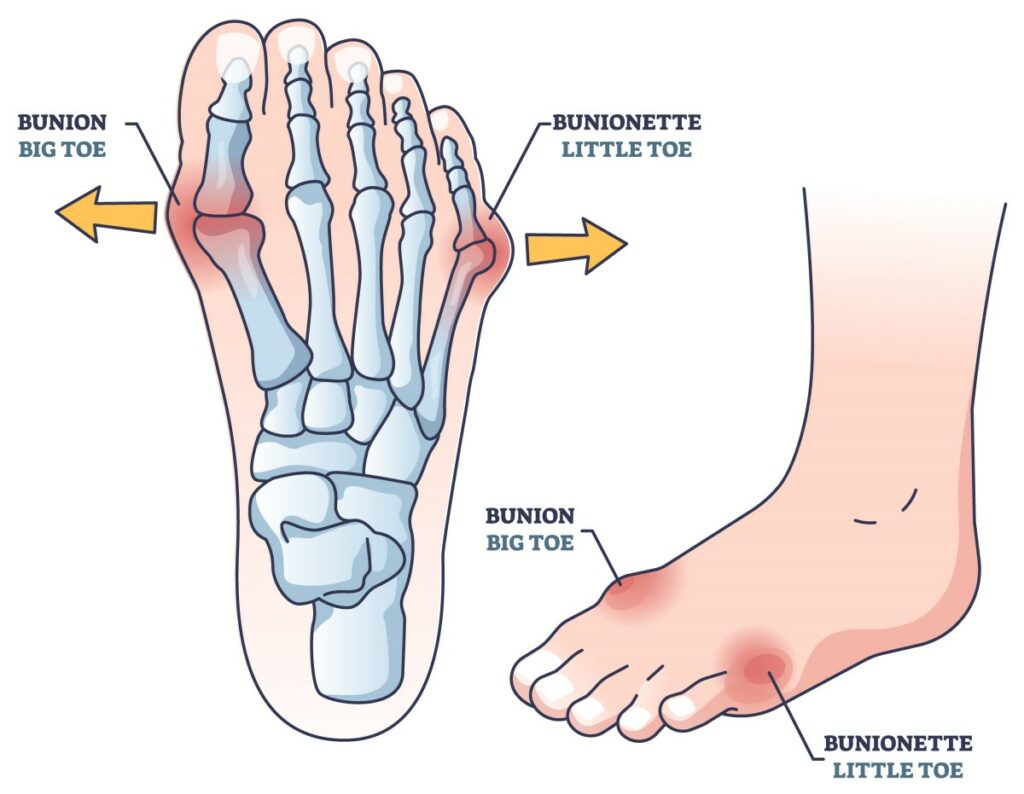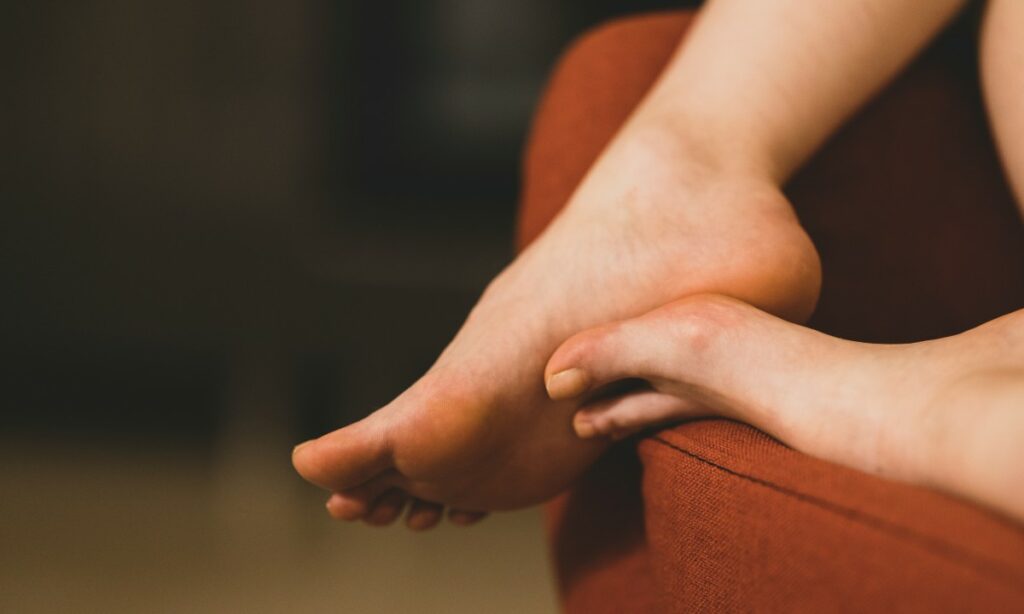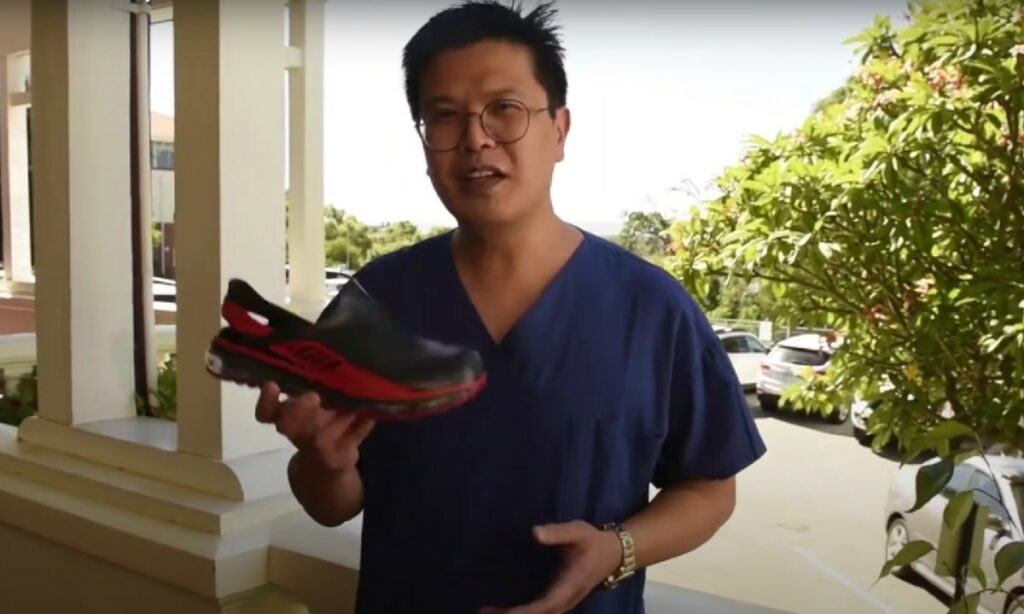
What are bunions?
Bunions (hallux valgus) are a common foot condition that affects the joint at the base of the big toe. They appear as a bony bump on the side of the foot, causing the big toe to lean towards the second toe. Bunions can be painful and may lead to difficulty in finding comfortable footwear.
Understanding what bunions are and how they develop is crucial for proper management and treatment. By addressing this condition early on, individuals can alleviate discomfort and prevent further progression of the bunion deformity.
What causes bunions?
Bunions are primarily caused by a combination of genetic factors and external stressors on the foot. Genetics play a significant role, so people with a history of bunions in the family are more likely to develop them.
External factors such as wearing shoes that are too tight or narrow can exacerbate the condition by putting pressure on the big toe joint, causing it to deform over time. Additionally, foot conditions like flat feet or abnormal foot mechanics can contribute to the development of bunions.
Treatments for bunions
Treatment for bunions aims to alleviate pain, reduce discomfort, and prevent further progression of the condition.
Non-surgical
Non-surgical options include wearing properly fitting shoes with a wide toe box to reduce pressure on the affected area. Padded shoe inserts or custom orthotics can help redistribute pressure and provide support. Toe spacers or splints may be used to realign the toes and alleviate discomfort.
Additionally, physical therapy exercises can strengthen the muscles around the toe joint and improve flexibility. Applying ice packs to the affected area can help reduce swelling and relieve pain. In some cases, corticosteroid injections may be recommended to reduce inflammation and pain.
Surgical
If non-surgical measures fail to provide relief or if the bunion is severe and causing significant pain or deformity, surgical intervention may be necessary.
Bunion surgery aims to realign the bones, remove the bony bump, and correct any structural abnormalities in the foot. The specific type of surgery will depend on the severity of the bunion and individual factors. After surgery, rehabilitation and physical therapy may be necessary to aid in recovery and restore function to the foot.
Shoes to assist in alleviating pain and discomfort
Dr Joo Teoh, a Perth-based Obstetrician and Gynaecologist Surgeon, has produced a shoe to reduce pain for healthcare workers which is also perfectly suited to many different occupations. This may be of interest if you suffer from bunions and are looking for wider shoe that’s easy to slip on and off.



